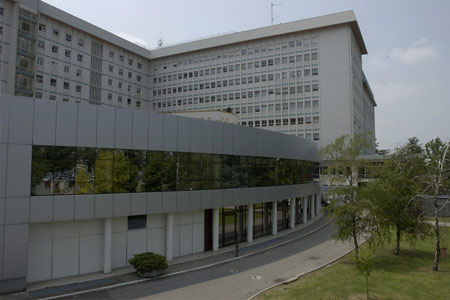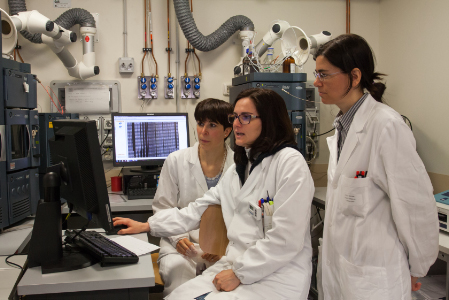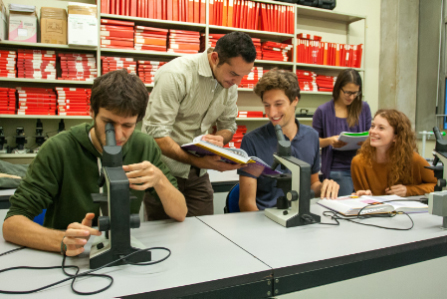BACKGROUND: Recent studies have reported that patients with chronic hepatitis C infected by genotype 1 (G1 CHC) are characterized by lower-than-normal serum levels od 25-hydroxyvitamin D (25(OH)D), and that a low 25(OH)D level is independently related to both severe fibrosis and a low likelihood of sustained virological response (SVR) after standard-of-care antiviral therapy with PEG interferon and ribavirin. Conclusive evidence is still lacking as to the potential mechanisms of vitamin D in influencing the severity of liver disease and response to therapy, thus opening a new area of research.
AIMS of VERONA UNIT (Resp. Prof. Fattovich): To contribute with enrolment of patients with G1 CHC to the general program of Research coordinated by the Gastroenterology Unit A in Palermo (Resp Prof. Craxì) aimed at identifying the significance of serum vitamin D, liver vitamin D receptor (VDR) expression, and polymorphisms of VDR and genes involved in vitamin D hydroxylation, respect to the severity of liver fibrosis and the rate of sustained virological response (SVR). Another aim of the general program of Research is to evaluate especially the association of the above cited vitamin D related variables, with the liver expression of mediators involved in fibrogenesis and antiviral IFN-induced immune response.
METHODS: The unit task is articolated in several steps:
a) In consecutive patients with biopsy-proven G1 CHC (HCV-RNA positivity from at least 6 months) recruited at the Gastroenterology Unit, Department of Medicine, University Hospital of Verona the following parameters will be evaluated: 1) demographic, anthropometrical, biochemical, virological and metabolic data including 25(OH)D serum evaluation; 2) histological evaluation of grading, staging (Scheuer score) and steatosis at liver biopsy; 3) serum, plasma and whole blood (DNA) samples and a liver sample for each patient will be stored anonymously at – 80°C and sent to the Unit A of Palermo for the analysis of interest; 4) rate of SVR after standard antiviral therapy.
b) All data including complete clinical, histological, imaging data, and the results of antiviral treatment will be recorded on an ad hoc prepared CRF and from there transferred to a centralized data base file (FileMaker-Pro7) at the Palermo Unit A responsible of analytical procedures and elaboration of results.







